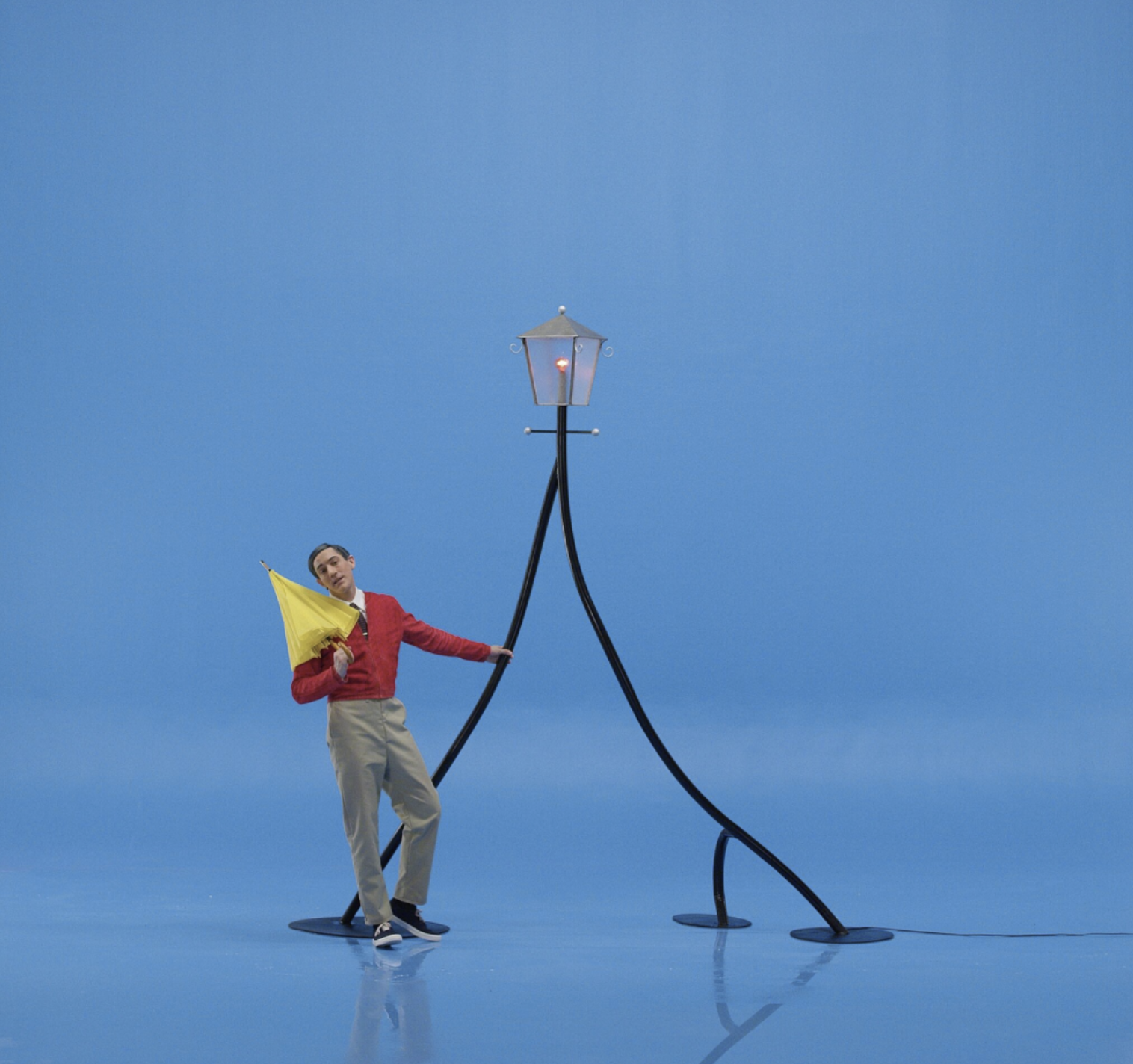Author's selection from Alexander Burenkov, the curator of the Cosmoscow Foundation
On April 18 and 19, the Cosmoscow Foundation website hosted the public premiere of Yevgeny Granilshchikov's ‘Drama’ film, that was created with the support of the Cosmoscow Foundation. There are so many opportunities to see the rarest video art projects for free in the Internet. Some sites, like UbuWeb, perhaps, the most important archive of video art and digital media on the web, place thousands of video works - from famous to little-known - in the public domain on a permanent basis. Others, like the online cinema Vdrome, offer exclusive weekly screenings of films and video art by leading contemporary artists, selected by reputable curators. The third produce their own films about artists, record conversations with them in their working studios, and shoot lengthy interviews (the most notable portals of this format are Louisiana Channel and Ars21).
During the pandemic, many art institutions decided to review their video archives and provide temporary access to exclusive materials. We share the most interesting examples of such initiatives - from the Whitney Museum to the Pushkin Museum - for you to explore their new video resources before the end of the total quarantine.
The Julia Stoschek Collection
The Julia Stoschek Collection, founded in 2002 and open to the public since 2007 in its own exhibition halls in Dusseldorf and Berlin, includes more than 860 works of video and media art by 282 contemporary artists of various genres and generations, from the 1960s to the present day, with a special focus on works created after 2000. During the quarantine, the curators of the collection decided to provide daily access to works from the collection, including projects by Basel Abbas and Ruanna Abu-Rame, Karen Sitter, Natalie Jurberg and Hans Berg, Cao FEI, John Rafman, Elizabeth Price, Wolfgang Tillmans, Tobias Zieloni and many others. You can learn about new video works appearing on the collection's website on Instagram.
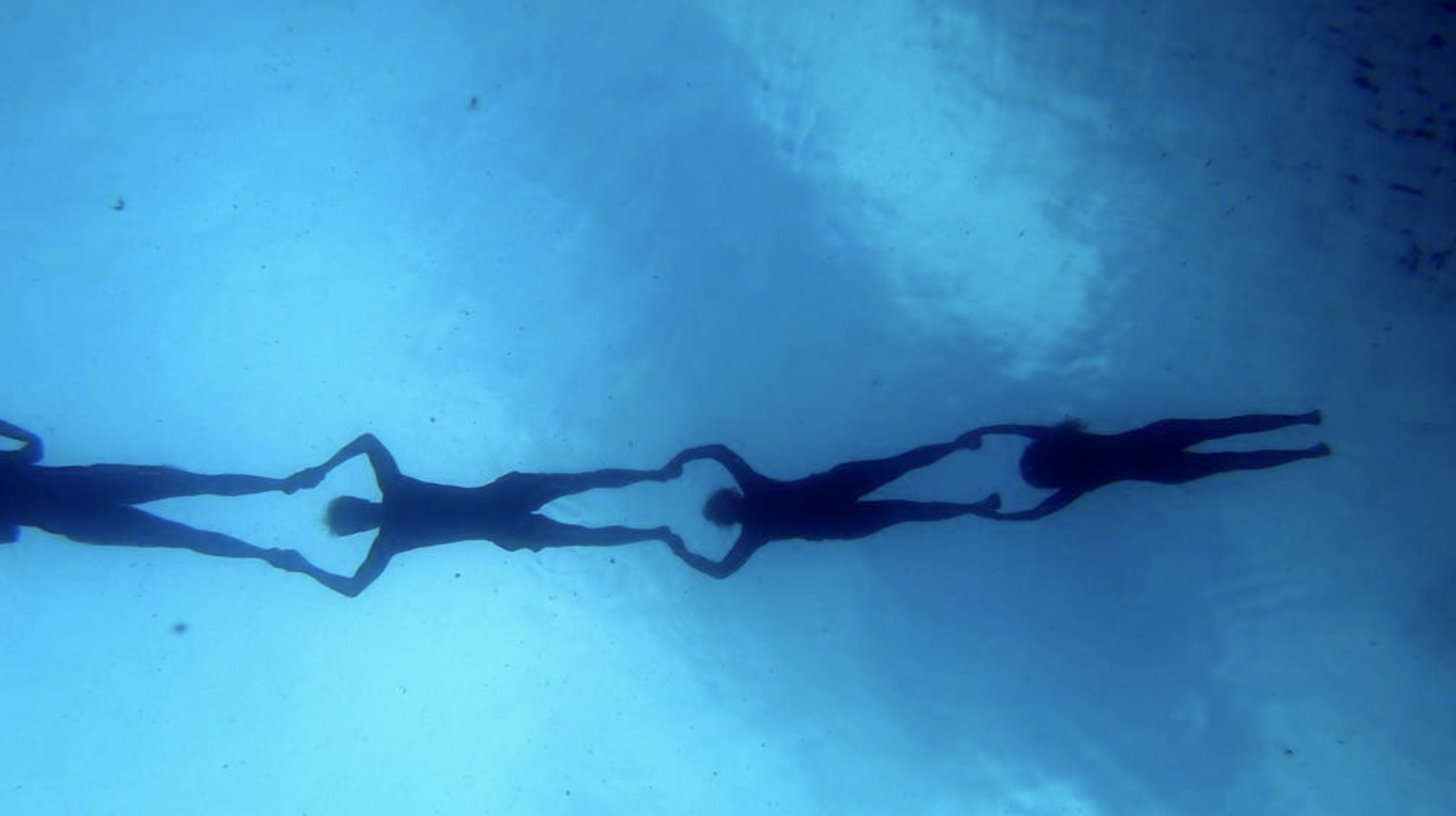
Ocean Archive
The Ocean Archive site was opened this spring by the Austrian Thyssen-Bornemisza Art Contemporary Foundation as part of TBA21, an educational Academy that conducts innovative interdisciplinary researches that combine artistic, socio-political, scientific, economic, and especially environmental issues. Last year spring , the Foundation opened its representative office in Venice – Ocean Space, in the ancient San Lorenzo church (the IX century), where according to legend Marco Polo was buried. The space has become an outpost of environmental issues and interdisciplinary research on biodiversity, ocean pollution and the sixth planetary extinction of animal species. In the spring of 2020, the Foundation launched the digital archive Ocean Archive on the basis of its multi-year research project, providing free access to documentation of artistic works, including the poetic film by the writer and director Ingo Nirman "Sea of lovers", filmed as part of a 2019 trip to the Solomon Islands.
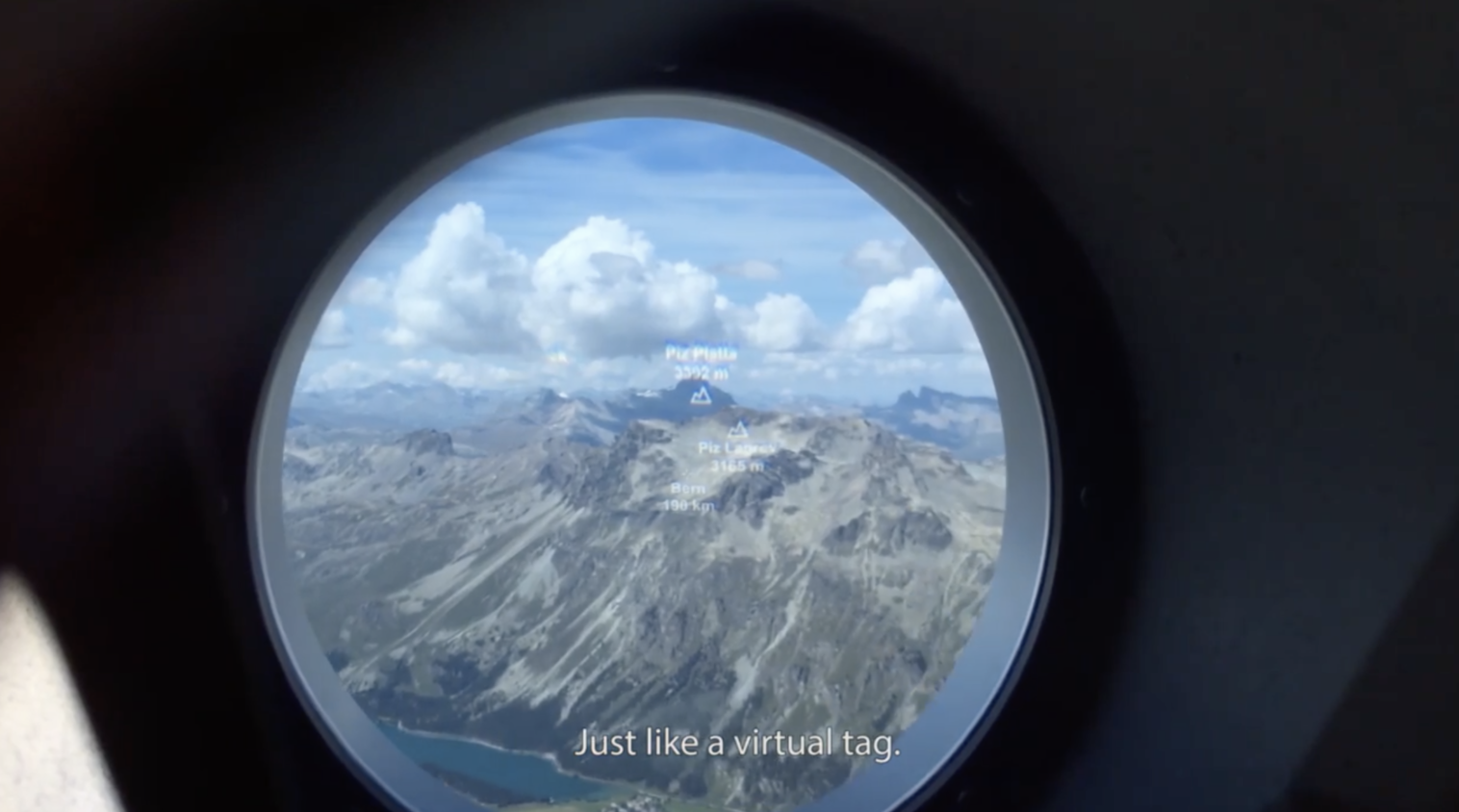
Out of Blueprints
At a time when travel restrictions are closing borders around the world and our sense of travel blockage has never been felt in a stronger way, what does it mean to "discover the universal" again, find connections in other spaces, and travel to other places and times? The new joint program of the London Serpentine Galleries, the K11 Art Foundation and the Nowness portal appeared as an online continuation of “Drafts”, a personal exhibition of the great Chinese artist Cao Fei, which was closed due to the quarantine. It was conceived as a response to the feeling of a universal unifying experience created by COVID-19. More importantly, the program is a gesture of solidarity and support for artists in the East Asian region affected by the pandemic, and shows how artists have adapted to the situation, turning the conditions of self-isolation and quarantine into a source of inspiration and conditions for creativity. So, one of the first authors to respond to the invitation of curators was Zheng Yuan, who reflected on the other side of the Chinese economic miracle in his film "Dream Delivery" with the help of new forms of labor discipline and social exploitation, causing a constant sense of fatigue and continuous daily mobility, which the situation of global quarantine must inevitably challenge.
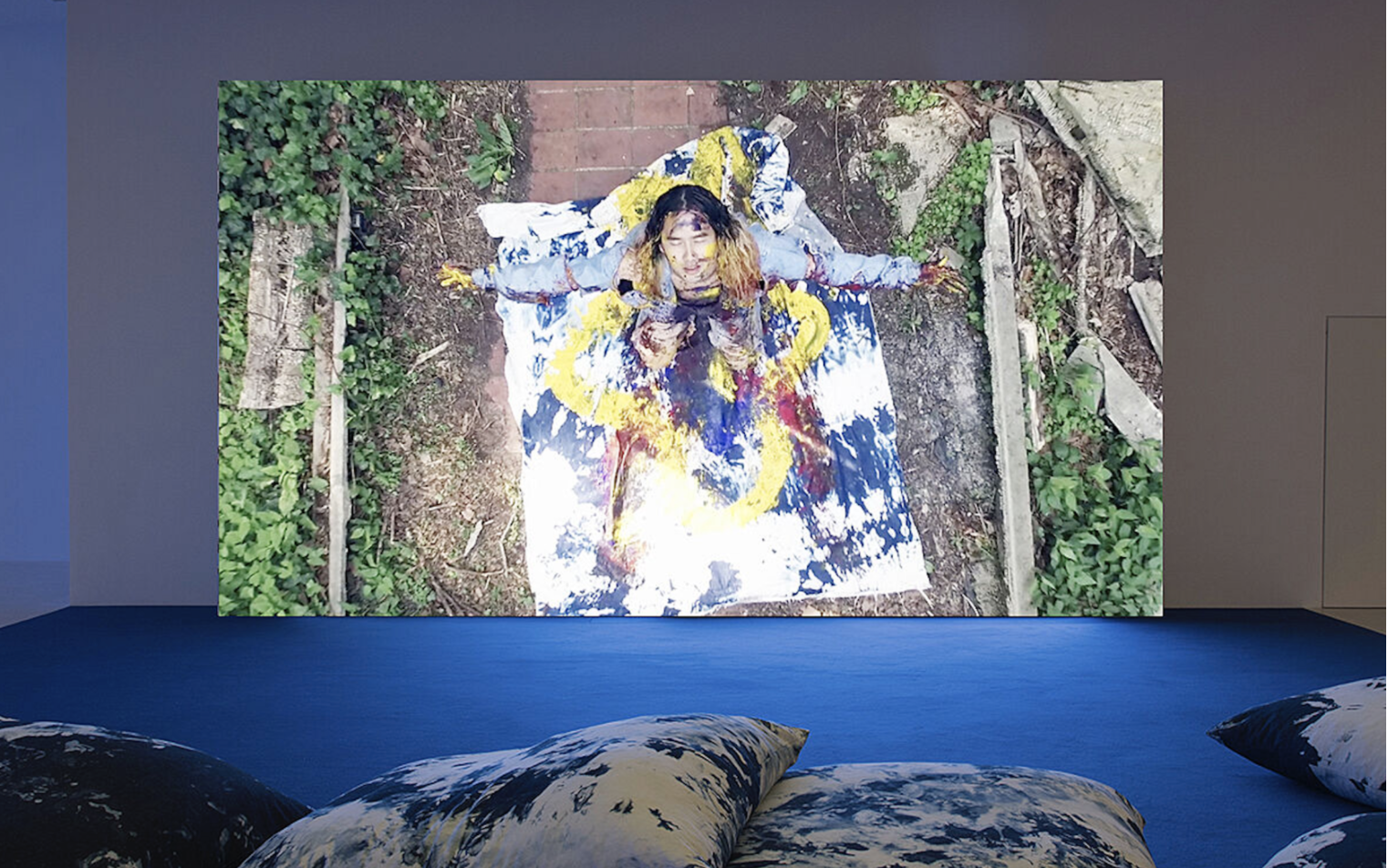
Whitney Screens
Founded in the 30s of the last century, the Whitney Museum of American Art has always been associated with everything cutting-edge: from the Whitney Biennial, where you can see the latest achievements of modern American art, to the ultra-technological new building authored by Renzo Piano in the Meatpacking district on the banks of the Hudson river, where the Museum moved in 2015. The new online program of the Whitney Museum of American Art “Whitney Screens” offers an opportunity to view works of video art recently purchased in the Museum's collection, which includes more than 3,000 items of art and is one of the largest collections of modern American art of the XX and XXI centuries. The project opened with a public display of a new work by Alex da Corte, a conceptual artist who often uses surreal images and everyday objects to explore contemporary American consumption, pop culture, and cultural myths.
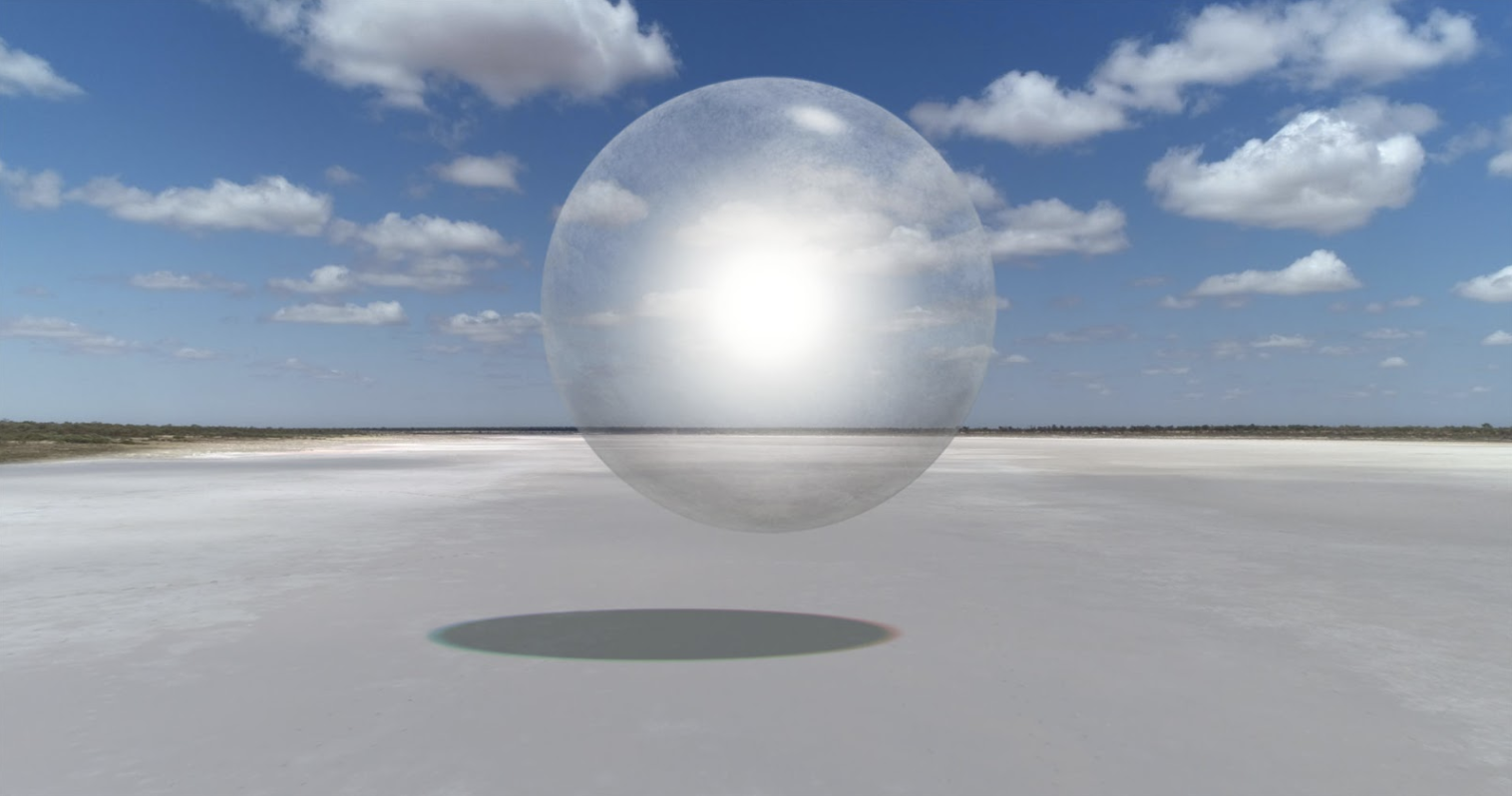
"100 ways to live a minute" Pushkin Museum
In early April, the team of the Pushkin State Museum of Fine Arts presented the project "100 ways to live a minute", in which people involved with art share their experience of meaningful time living. Artists, curators, and art historians not only talk about other people's works of art, the main theme of which is time slow down or solitude, but also create their own "instructions for immersion in a meditative state." The winner of the Silver Lion at the Venice Film Festival, Iranian Shirin Neshat, without access to her Studio, creates "An Outline of the Future of Ideas" from everyday objects, the Spanish media artist Cristina Lucas reflects on the reason of dividing the time in the project "Anatomy of a minute" counting by dozens its equal intervals for a minute, and shows how many real concerns can be counted on fingers, and known for her love of traditional Russian folklore and aesthetics of the lubok Juliana Podkorytova shares her antiviral spell and encourages everyone to relax a little, since a portion of mild eccentricity is the best medicine. The characters created videos, photos, podcasts, visual diagrams, guides and sketches that teach spectators the methods of "taming" time. Strict, consistent instructions and artistic happenings are a variety of practices that will help viewers rethink their daily routine. In the “Digital Exchange” section curated by Olga Shishko, exclusive screenings of media art works by the world's most important artists are held weekly: after a series of screenings of films by one of the most mysterious French artists, Laurent Grasso, who explores mystical and supernatural phenomena, the turn will go to the master of multi-channel video and multi-faceted installations, Julian Rosefeld.
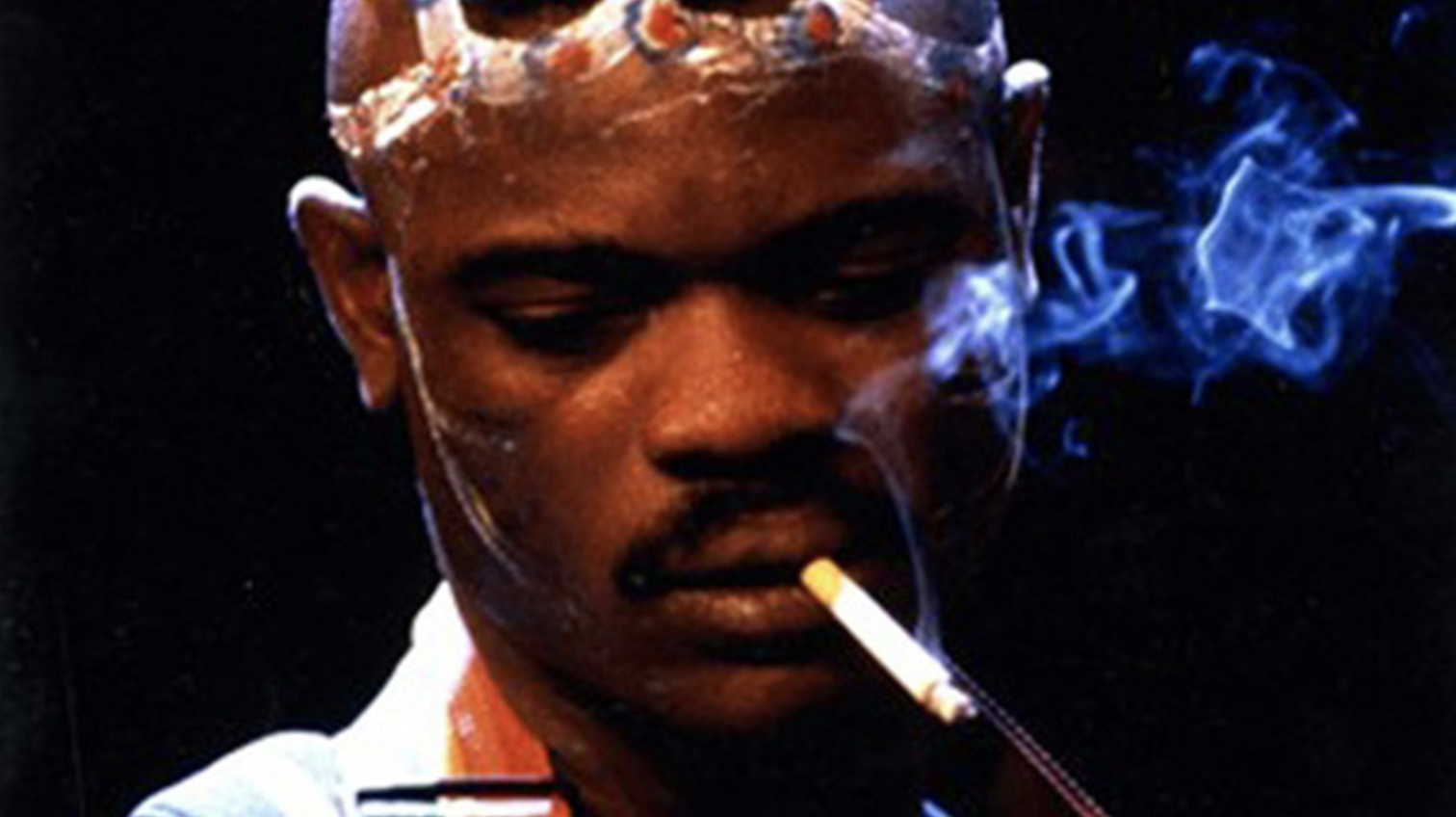
Visions du Réel
The pandemic forced dozens of film festivals around the world to go online. The main event of the next month promises to be the online film festival We Are One: a Global Film Festival, scheduled for the week from May 29 to June 7 and organized by the Tribeca Festival and the YouTube service, which will show films from Cannes, Venice, Toronto and beyond. The festival program will include feature films, documentaries and short films that were planned to be shown at 20 festivals around the world and were postponed due to the coronavirus pandemic, including the Cannes, Venice, Berlin film festivals, festivals in Toronto, New York, Locarno, San Sebastian, Karlovy Vary, Sundance, Tribeca and many others.
In the meantime, the main gift to film fans is one of the main European festivals of documentaries and experimental films, Visions du Réel, which also decided to go online this year. Existing since 1969, the festival is a platform where you can always find unique documentary video projects of leading experimental artists. This year, anyone can see for free, for example, a new film by the Brazilian Director Petra Costa "Elena" or a documentary by the legendary Claire Denis. A separate section of the festival is dedicated to her journey through France in 1988 during the tour of the musical group Les Têtes Brûlées, that played traditional Cameroonian music bitsuki (how else would you know about this musical genre?).

